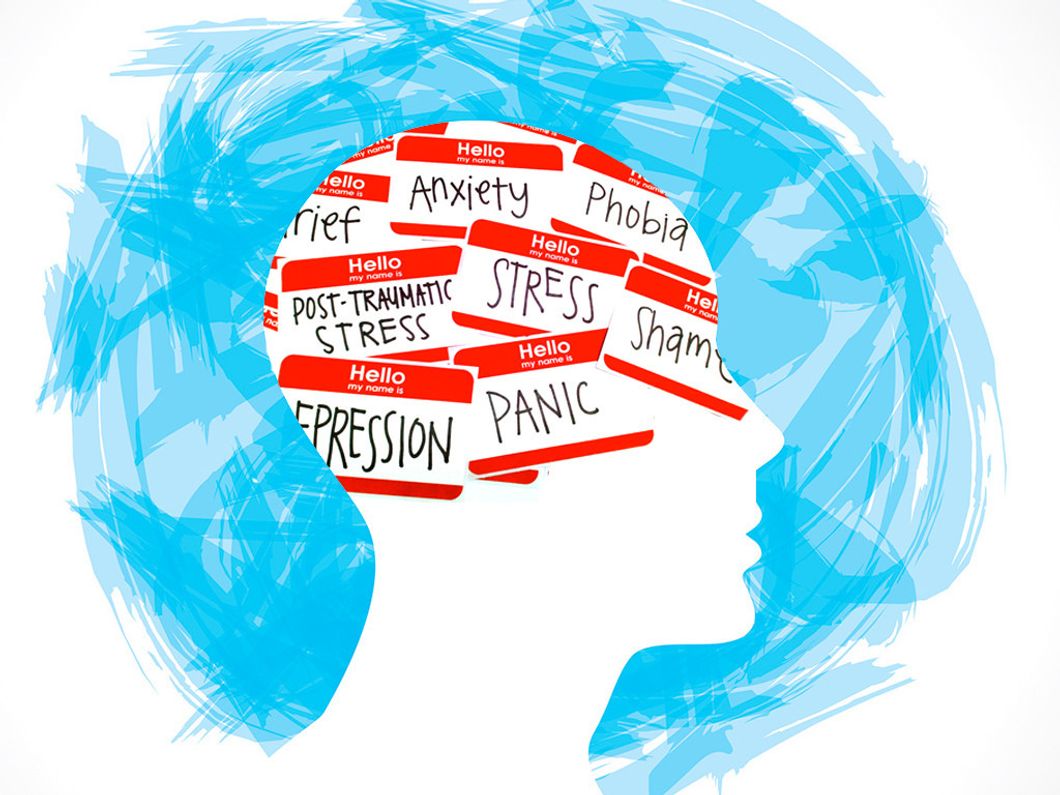In recent days the sudden deaths of fashion designer, Kate Spade and celebrity chef, Anthony Bourdain have brought a shocking and alarming statistic to the front of American minds. In a press release the CDC reports that suicide rates are up thirty percent since 1999.
In 2016 alone, nearly 45,000 people (aged 10-years or older) died by suicide. This makes the tenth leading cause of death and one of the big three that is still on the rise. In a map release by the CDC, it showed all fifty states and the rates that suicides had risen since 1999. In the graphic, twelve states showed an increase in suicide by thirty-eight to fifty-eight percent, twenty-five states in total hold a suicide rate over thirty percent. Those numbers are what is baffling CDC officials and many Americans.
So why has the rate rose so exponentially? The CDC points towards relationship problems, loss of those close to the victim, substance abuse, physical health problems, job stresses, financial stresses, legal or housing stresses as added risk for suicide. But these are not what if baffling doctors and officials, its the growing number of victims with unknown mental health conditions that is concerning.
According to the National Alliance on Mental Illness (NAMI), approximately one in five adults in America suffer from a mental illness each year.
With such a large amount of Americans living with a mental illness, you would think that U.S. healthcare would provide programs to help those affected to find the care they so desperately need. However, this is not the case. As the talk about mental health becomes more mainstream, the more the holes in the mental health system become increasingly apparent.
The president's 2019 budget proposal, boosts some parts of the mental healthcare system, but cripples others. The budget will give a needed $8.6 billion to the Department of Veteran Affairs, this will help many at-risk vets find the help they are in need for. In addition, the budget also gives $1 million to Children's Mental Health Services. This boost will help to provide care to child welfare, the juvenile justice system, as well as the education system.
While those two examples show the small but powerful strides that the government has been taking to provide a better mental healthcare system, it masks the massive cuts that they continue to make.
The 2019 proposal will take $665 million away from the Substance Abuse and Mental Health Administration as well as cut the National Institute of Mental Health funding by as much as thirty percent.
Along with the budget cuts, the stigma that surrounds mental illness also creates this shame to seek out help and speak up about mental illness and the need for improved mental healthcare. Many times, the thought of mental illness and mental healthcare is not on the minds of Americans unless a high profile person comes forth and speaks about their experiences or, if unfortunately a high profile person like Anthony Bourdain or Kate Spade take their own life.
As a society it is time to take this important topic of out the shadows, bringing it to light and giving those who suffer from mental illness the love and support they so deserve.
If you or a loved one is effected by a mental illness, please contact the National Suicide Hotline by calling 1-800-273-8255, texting HOME to 741741, or by visiting their website https://suicidepreventionlifeline.org/






 The minimum wage is not a living wage.
StableDiffusion
The minimum wage is not a living wage.
StableDiffusion
 influential nations
StableDiffusion
influential nations
StableDiffusion












